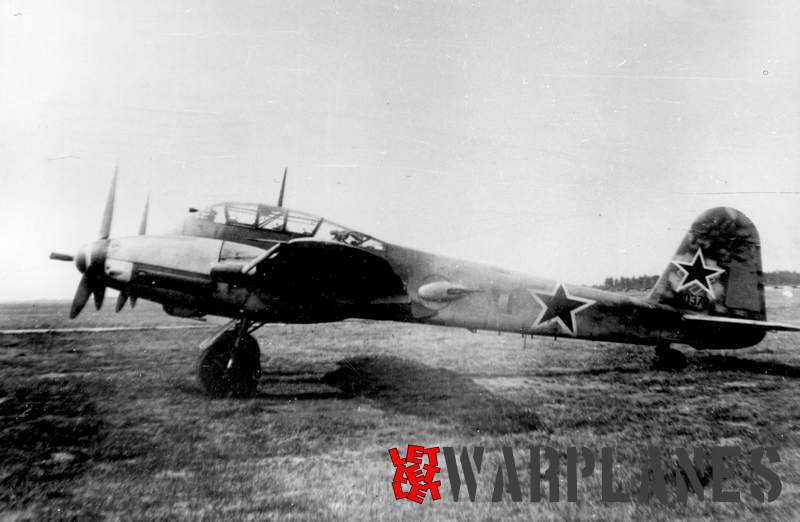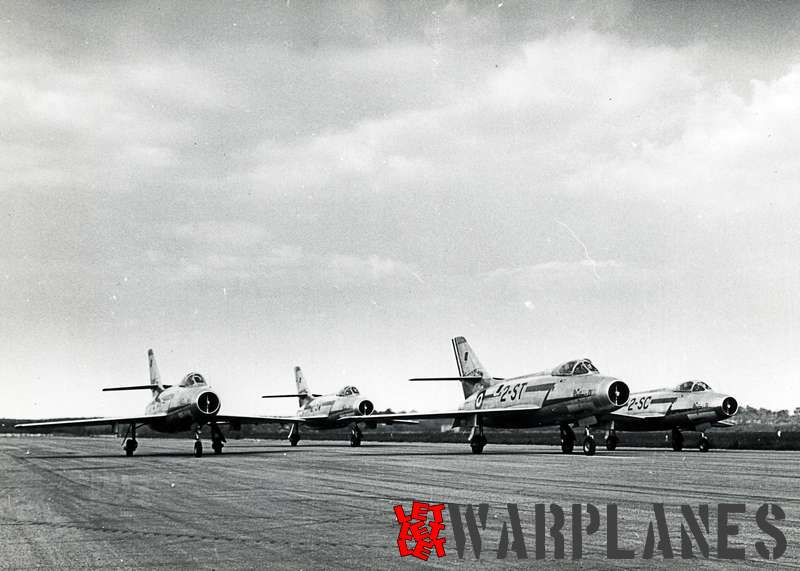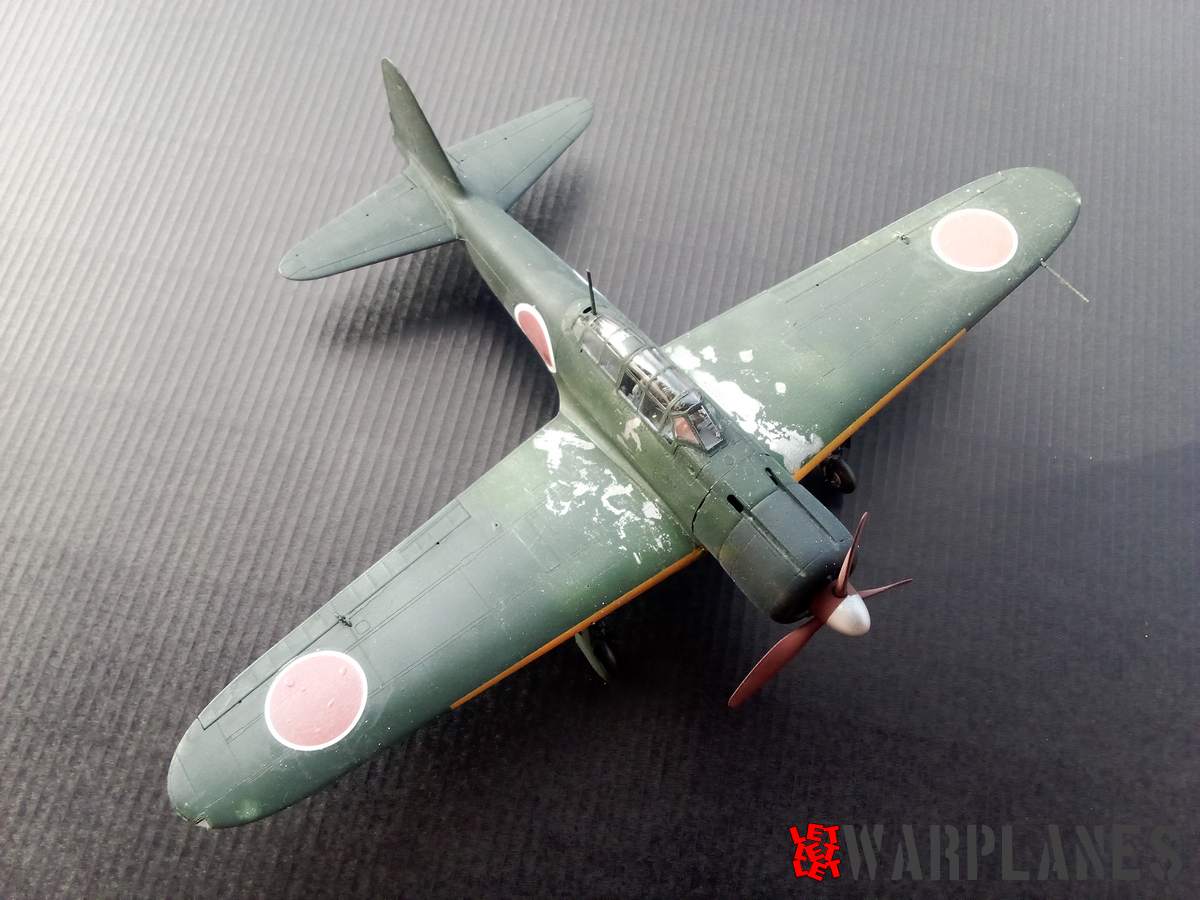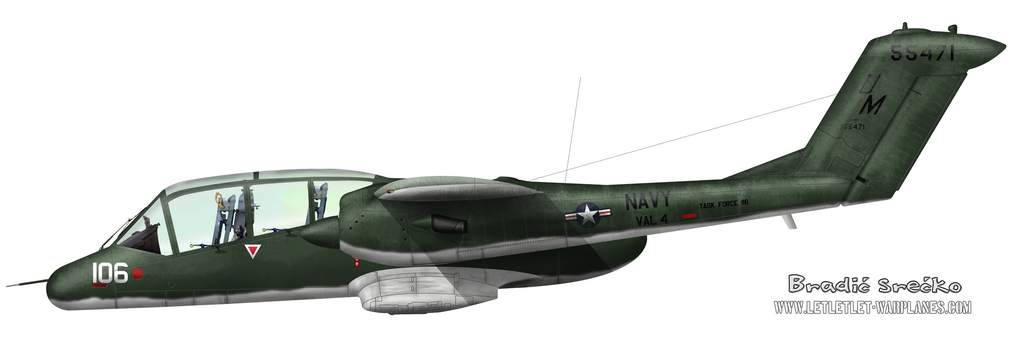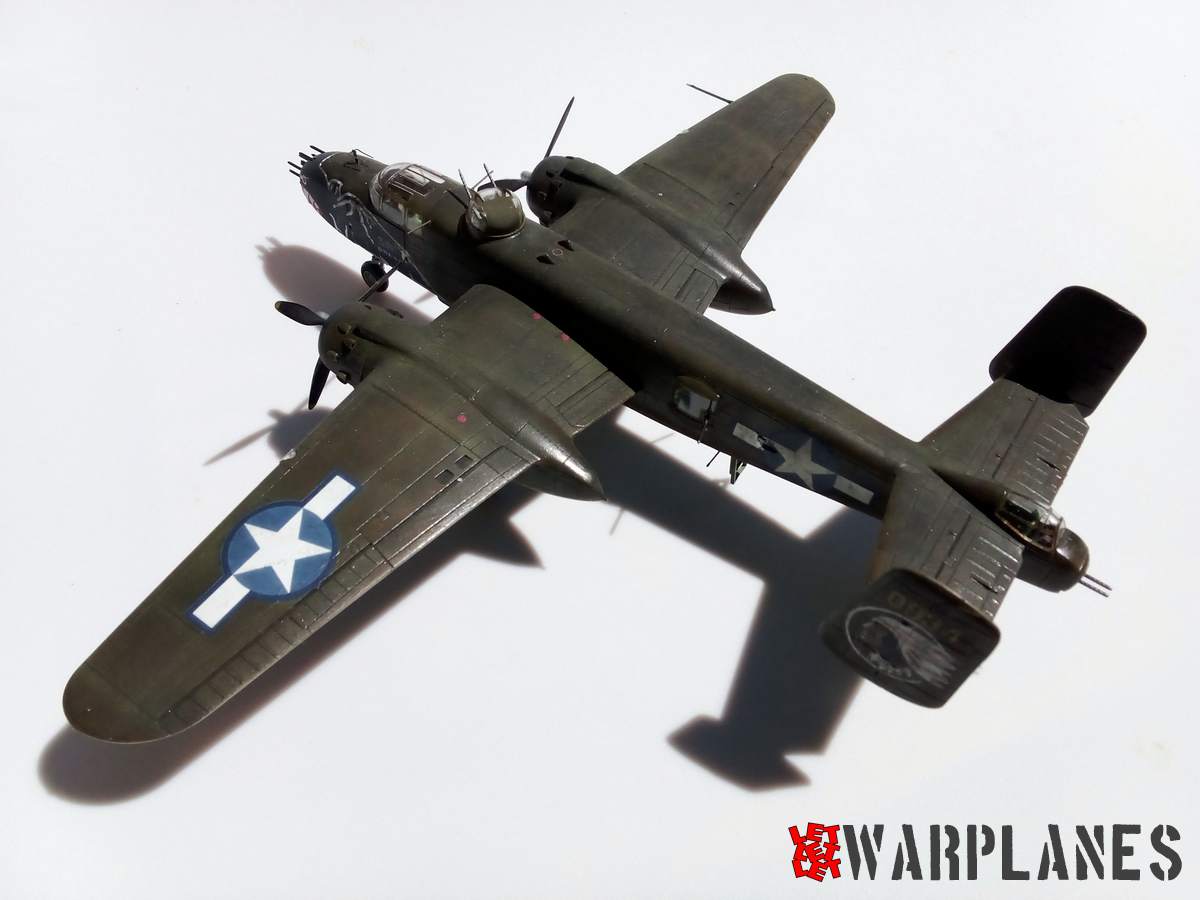Ryan XF2R-1 Dark Shark
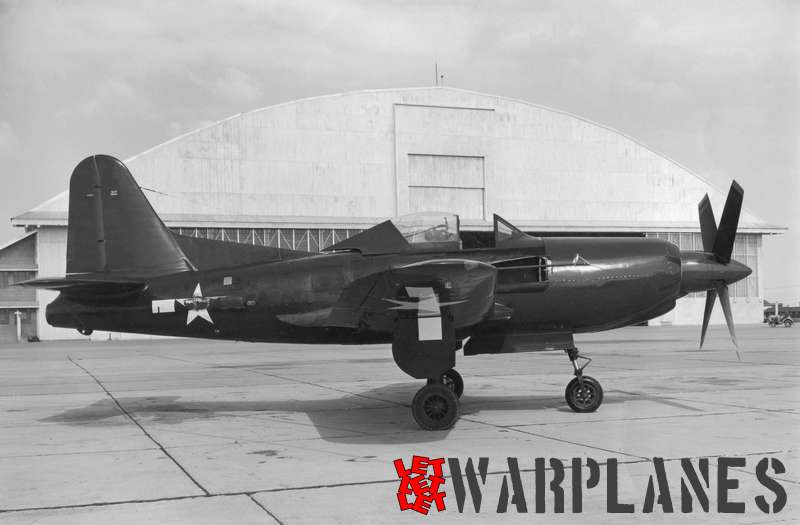
Introduction
With the operational introduction of the FR-1 Fireball both U.S. Navy and Ryan investigated the possibilities of a further developed version with higher performances. Under Ryan type number Model 29 and U.S. Navy type designation XF2R-1 it was designed with a new General Electric TG-100 turboprop in the nose replacing the Wright Cyclone of the earlier Fireball. The improved version received the name Dark Shark (or Darkshark as used in some publications).
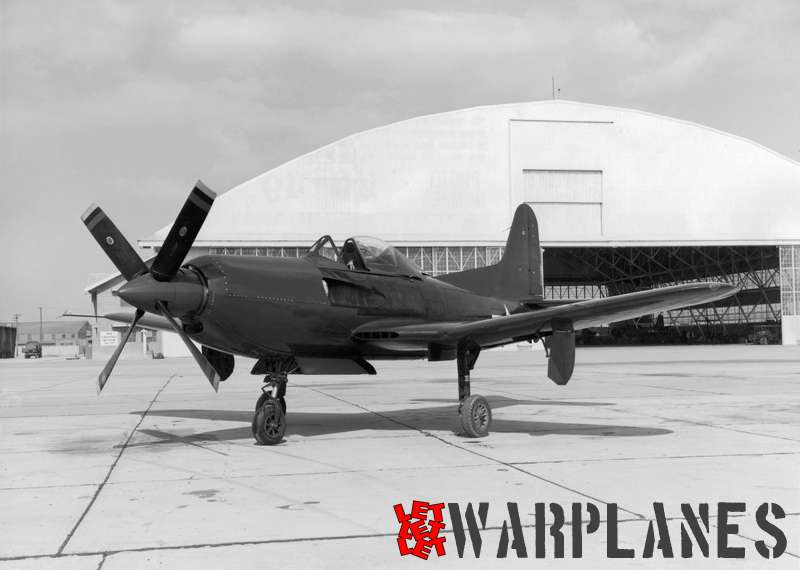
Development and testing
The General Electric J31 jet engine of the Fireball was retained on the Dark Shark. The advantage of this combination was that the turboprop engine was lighter, less complicated and easier to maintain than a piston engine. Another advantage was that only one type of fuel had to be carried: kerosene. For the Fireball the problem of two kinds of aviation fuel had been solved by using Avgas for the jet engine, but this was not the most economical solution! Ryan used for the construction of the new turboprop compound fighter a standard FR-1 Fireball airframe. The original registration number 39661 of the FR-1 airframe, no. 15 of the production line, was maintained. When compared with the Fireball, the Dark Shark had an extended nose to compensate for the lower weight of the turboprop engine. Another change was the modification of the vertical stabilizer with a large additional fillet running almost until the cockpit section. The XF2R-1 had a large four-blade Hamilton Standard propeller that could be set in a very flat pitch. During the landing approach this could be used as a very effective dive brake. Landing run using the propeller as an airbrake was only 250 m! The prototype lacked the catapult attachments and an arrester hook, but the wings, being standard FR-1 wings with only the guns removed, could be folded upwards. The nose-mounted TG-100 turboprop engine offered a total of 250 kg residual thrust through side exhausts at each side of the fuselage. During the time it flew it was tested with various exhaust nozzles.
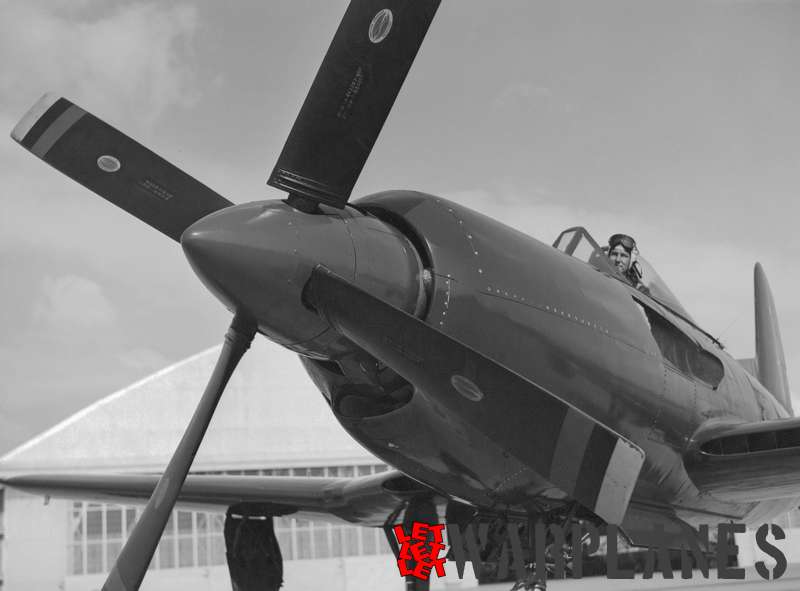
The first flight of the Dark Shark was made in November 1946 by Ryan test pilot Al Conover. Although the Dark Shark flew very well with a rate of climb that was even better than that of the Fireball, the TG-100 turboprop was found to be quite unreliable. Although it was claimed to give 2200 hp, this output could only be used very limited and in practice it produced in general not more than 1700 hp. Because of this, it was only marginally faster than the Fireball and further test flights were soon stopped. Eventually the U.S. Navy showed little further interest. By that time they had abandoned the idea of the mixed power fighter and were instead looking into all-jet fighters. That all-jet naval fighter would soon arrive as McDonald’s FH-1 Phantom.
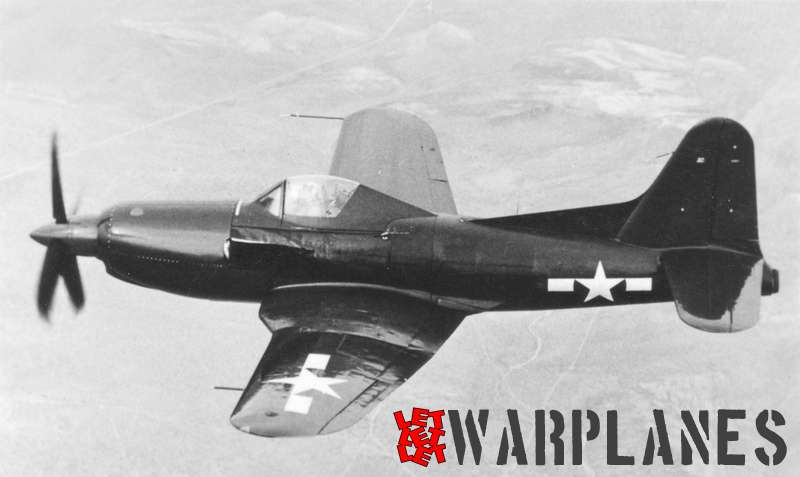
The United States Air Force, however, showed a little more interest when they saw it being tested at Muroc Dry Lake. They were at the time evaluating the Convair XP-81 of similar concept, and asked Ryan to modify the XF2R-1 to use the Westinghouse J-34 turbojet instead of the General Electric J-31 used previously. Modifications to the prototype resulted into the XF2R-2, with the jet intakes moved to the sides of the forward fuselage with flush NACA ducts as used on the XFR-4 instead of the inlets in the wing leading edge used before. Due to continuous teething problems of the TG-100 it was never built and only a mock-up was completed.
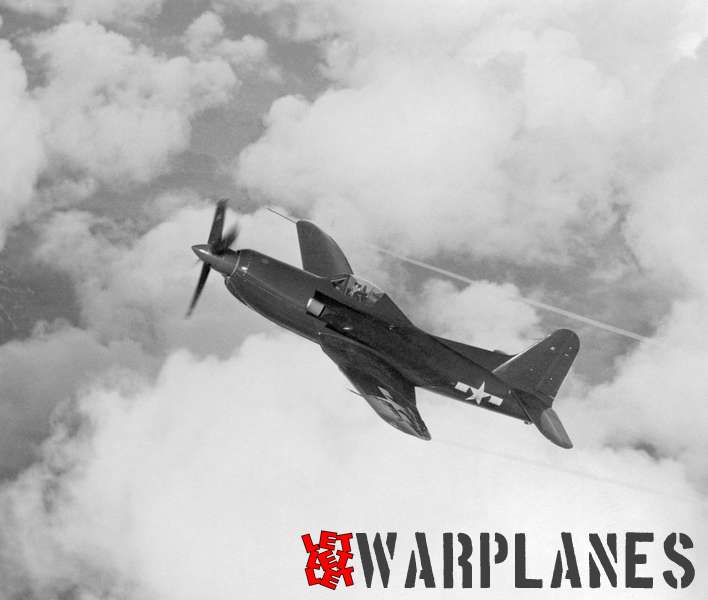
Also the Convair XP-81 never was a great success for the same reason!
The final fate of the single Dark Shark is not precisely known, but at some moment it was scrapped.
Concluding we can say that the hybrid of piston engine and jet plane never was a great success. It just lacked the performances of the pure jet and also other mixed powered types like the Convair XP-81 and the Curtiss XF15C-1 failed.
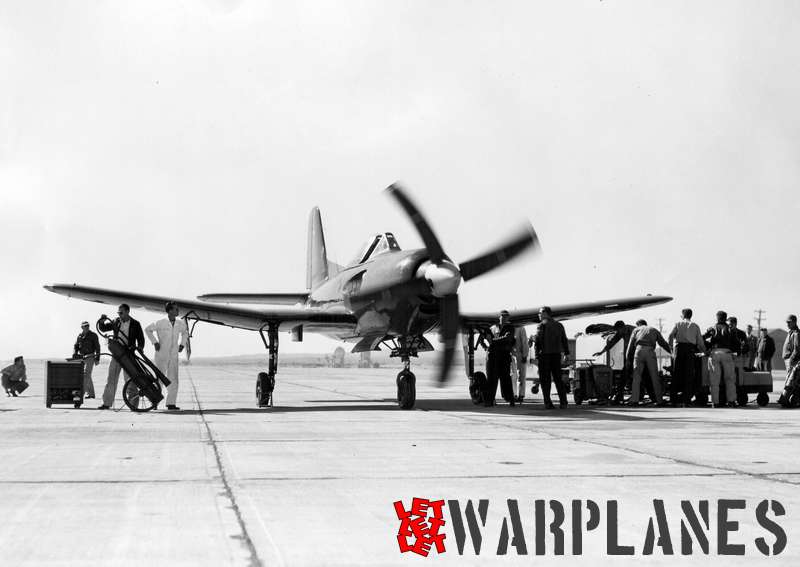
Technical details
Power plant: General Electric TG-100 (XT31-GE-20) turboprop engine of 2200 hp and a General Electric J31-GE-3 jet engine of 726 kg thrust
Sizes: wingspan 12.19 m
length 10.97 m
height 4.27 m
wing area 28.33 m2
Weights: empty weight not given
loaded weight 4990 kg
Performances: max. speed 800 km/h on both engines at sea level
service ceiling 11,918m
range not given
Armament: four 12.7 mm machine guns in the wings with 300 rounds each and under-wing hard-points for two bombs of 454 kg or eight 12.5 cm unguided rockets for the final production model. The prototype was unarmed.
Accommodation: pilot only
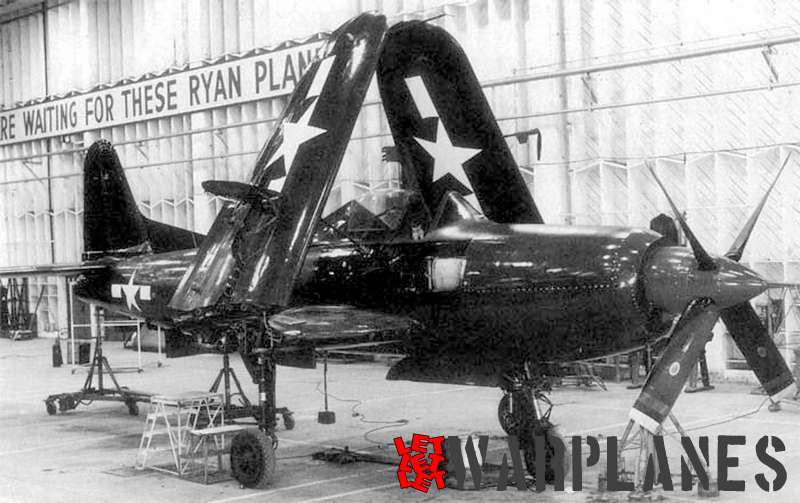
Camouflage and markings
The XF2R-1 Dark Shark flew in the same all-over Navy dark blue as the Fireball but without the black anti-glare panel in front of the cockpit. The propeller spinner was painted bright red, although there are also photos showing the front part of the spinner in aluminium colour.
At the last flight test phase, it flew with the new national markings including the red bars and an extra red warning stripe at the end of the engine nose plating.
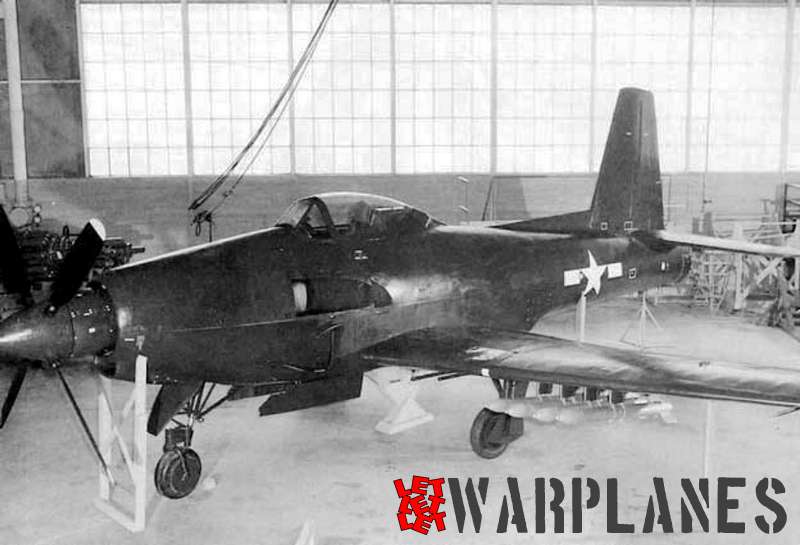
Tips for the model builders:
At 1/72 scale MPM has a very nice limited run injection-moulded kit of the Dark Shark that is a welcome replacement of an older vacform kit from Eagles Talon. Vacwings had at 1/48 scale a vacform kit of good quality of the Dark Shark, but also here there is now at this scale a very attractive and complete injection-moulded kit available from Czech Model. We can only hope that the 1/48 resin kit combination of the Fireball and Dark Shark from Collect-Aire will be released again!
References:
-Steve Ginter, Ryan FR-1 Fireball and XF2R-1 Darkshark, Naval fighters no. 28 (1995)
Nico Braas


